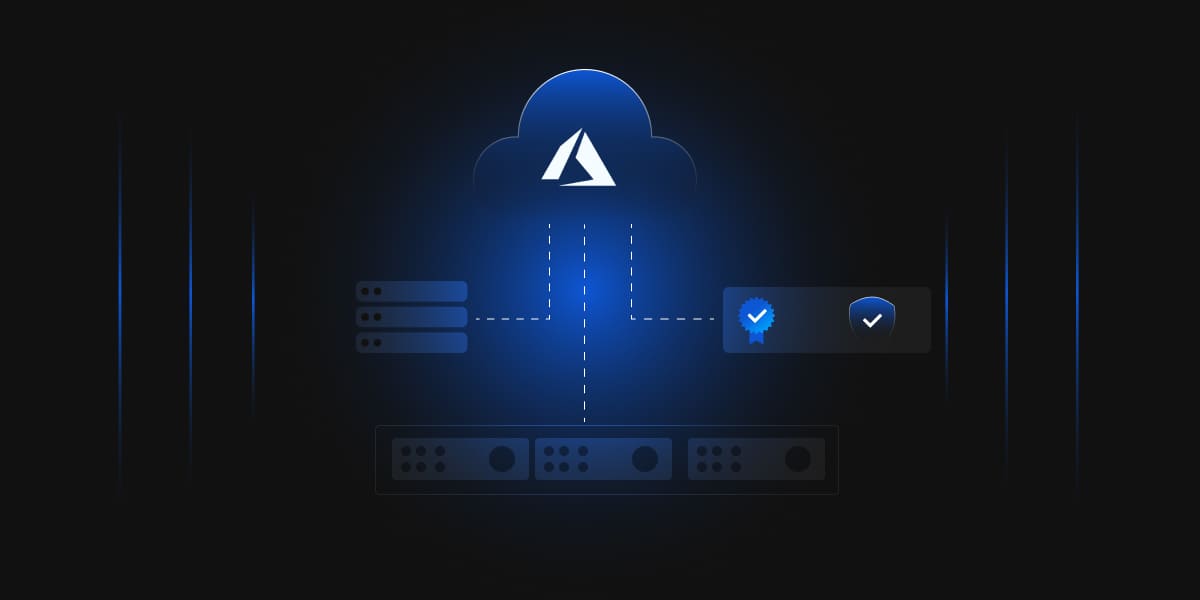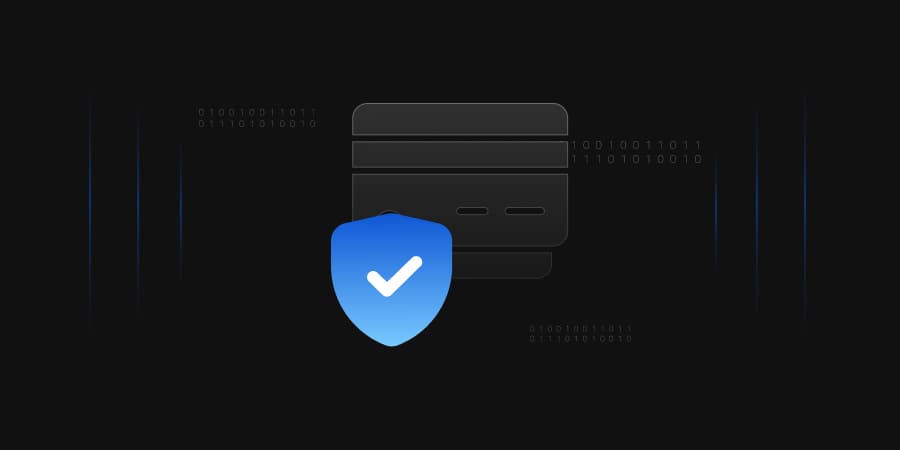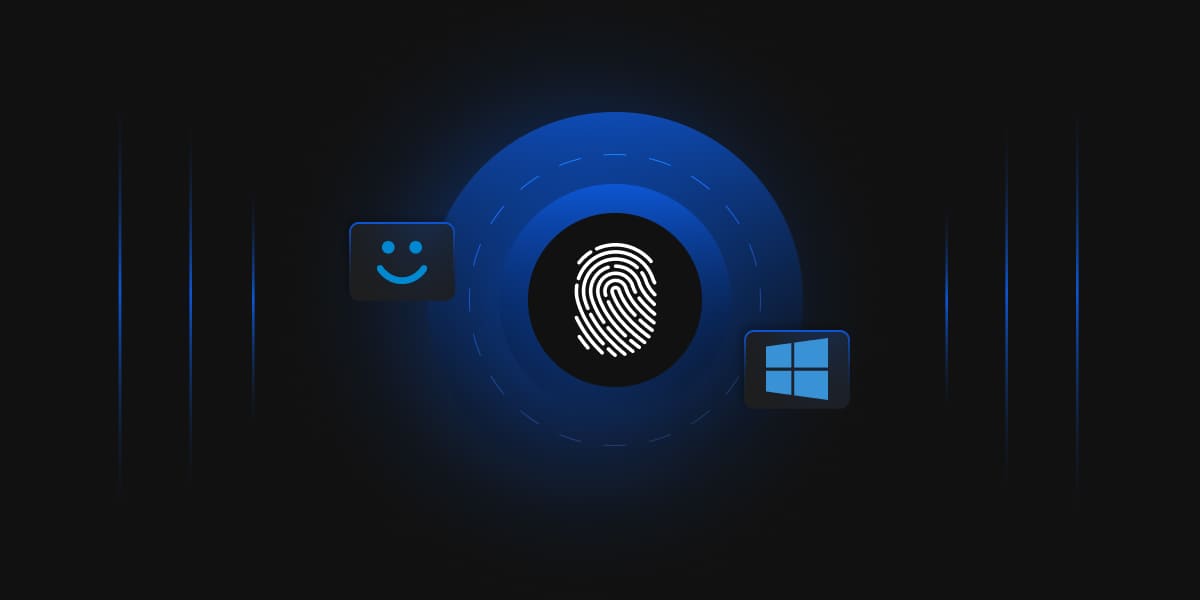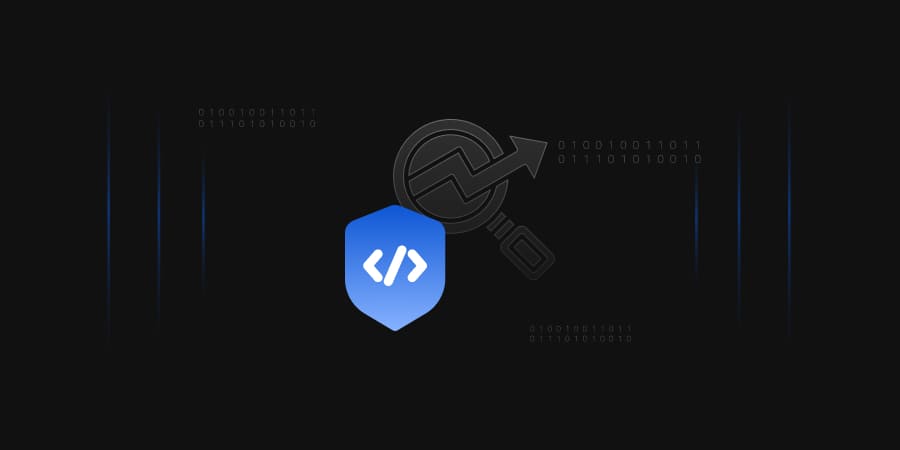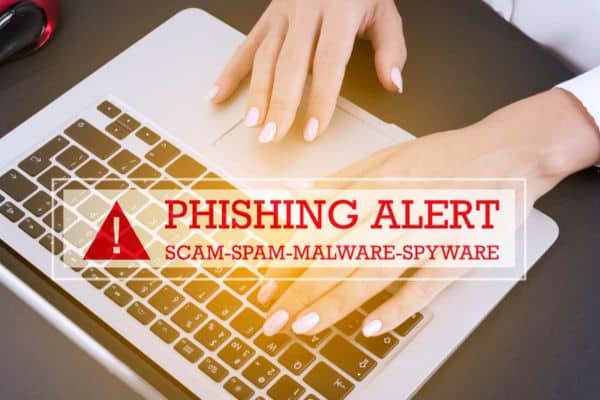Advantages: Hybrid vs Multi-Cloud
In the ever-evolving landscape of cloud computing, both hybrid cloud and multi-cloud strategies have emerged as powerful solutions to address the diverse needs of modern organizations. The hybrid cloud approach combines the benefits of public and private clouds, allowing businesses to leverage the best of both worlds. By integrating on-premises infrastructure with cloud services, organizations gain unparalleled flexibility, security, and scalability.
On the other hand, the multi-cloud strategy takes a more vendor-agnostic approach, involving the use of multiple cloud service providers simultaneously. This approach provides a higher degree of freedom, enabling organizations to choose the most suitable services from different providers to meet their specific requirements. In this blog, we will thoroughly examine the benefits of adopting both hybrid cloud and multi-cloud strategies.
Advantages of Hybrid Cloud
- Hybrid cloud allows organizations to balance their workload distribution between on-premises infrastructure and the cloud. It provides the flexibility to move workloads based on specific requirements, optimizing performance and cost-effectiveness.
- Sensitive data and critical applications can be kept on-premises, offering greater control over security and compliance. Less sensitive workloads can run in the public cloud, benefiting from the cloud provider’s security measures.
- Hybrid cloud enables organizations to create robust disaster recovery strategies. Data and applications can be replicated and backed up both on-premises and in the cloud, ensuring better business continuity in case of unexpected incidents
- During periods of peak demand, organizations can leverage the scalability of the public cloud to handle increased workloads while maintaining their essential services on-premises.
- Hybrid cloud allows organizations to optimize costs by leveraging the most cost-effective resources for their workloads. Less resource-intensive tasks can run on-premises, while more scalable and elastic applications can utilize the cloud.
Advantages of Multi-Cloud
- By using multiple cloud providers, organizations are not locked into a single vendor’s ecosystem. This prevents vendor dependence and enables businesses to negotiate better deals based on different providers’ offerings.
- Multi-cloud strategy allows organizations to avoid potential vendor lock-in scenarios. If one cloud provider experiences issues or changes its service offerings, the organization can switch to another provider seamlessly.
- Using multiple cloud providers in different geographic regions improves redundancy and ensures data and applications are accessible even during regional outages or disruptions.
- Different cloud providers excel in various services and offerings. With a multi-cloud approach, organizations can select the best services from different providers to meet their specific needs, maximizing functionality and performance.
- Distributing workloads across multiple cloud platforms can improve performance, reduce latency, and better end-user experiences, especially for globally distributed applications.
- Some regions or countries may have specific data residency requirements. A multi-cloud strategy allows organizations to host data in geographically appropriate cloud regions to meet regulatory compliance.
Optimal Use Cases for Hybrid and Multi-Cloud Strategies
Use Cases for Hybrid Cloud
-
Data Privacy and Compliance
Hybrid cloud is ideal for industries with strict data privacy regulations, such as healthcare and finance, where sensitive data needs to be kept on-premises, while less sensitive workloads can run in the public cloud.
-
Bursting Workloads
Organizations experiencing seasonal or periodic spikes in demand can benefit from the hybrid cloud’s ability to scale workloads to the public cloud during peak times while maintaining a stable on-premises environment during off-peak periods.
-
Legacy System Integration
Hybrid cloud allows businesses with legacy systems to modernize gradually by migrating specific components to the cloud while keeping critical applications on-premises.
-
Disaster Recovery
Hybrid cloud provides a cost-effective solution for disaster recovery by replicating critical data and applications to the public cloud, ensuring data redundancy and quick recovery in case of on-premises failures.
Use Cases for Multi-Cloud
-
Vendor Diversity and Risk Mitigation
Businesses seeking to avoid vendor lock-in and reduce reliance on a single provider can leverage multi-cloud strategies to distribute workloads across various cloud platforms.
-
Best-of-Breed Services
Multi-cloud enables organizations to select the most suitable services from different providers, taking advantage of each vendor’s specialized offerings for specific workloads or applications.
-
Geographical Redundancy
Multi-cloud ensures data and applications are distributed across different geographic regions, reducing the risk of downtime due to regional outages or natural disasters.
-
Cost Optimization and Negotiation Power
By adopting a multi-cloud approach, organizations can compare pricing and negotiate better deals with different providers, optimizing costs for various workloads.
-
Compliance and Data Residency
Multi-cloud allows businesses to host data in specific regions or countries to comply with data residency requirements and adhere to local regulations.
-
High Availability and Performance
Utilizing multiple cloud providers enhances overall availability and performance, as workloads can be balanced and scaled across different platforms based on specific needs and demands.
Cloud Data Migration Challenges and Their Solutions
1. Data Security and Compliance Risks
Data security and compliance risks are significant concerns during cloud migration, including potential data breaches and weak access control over sensitive information.
Solution
While cloud services are inherently secure, it will help if you pass your data through a secure path inside the firewall when migrating it. You can add an extra layer of assurance by encrypting the data and ensuring that your strategy follows industry compliance standards.
2. Navigating Cloud Migration’s Cost
While moving to the cloud can eventually save money on IT operations, the main difficulty is figuring out how much it will cost at the start. The initial investment can become much higher due to other related expenses. These can include the money needed to prepare the organization for cloud use and the costs of dealing with the now-empty data centers.
Solution
Navigating uncertainty can be achieved through meticulous planning alongside your service providers while accounting for the inconspicuous expenses in the migration process within your budget. When contemplating the costs associated with migrating to the cloud, a comprehensive overview includes three key phases:
Pre-migration
-
Consultations
Conduct thorough discussions with your service providers to outline the migration’s scope, requirements, and potential challenges.
-
On-premises data management
Ensuring your existing data is organized, cleaned, and optimized for seamless transfer to the cloud environment.
-
Database upgrade
Upgrading and aligning your databases with cloud-compatible versions, allowing for smooth integration into the new infrastructure.
Migration
-
The project
The core migration endeavor involves transferring applications, data, and services to the cloud platform.
-
Refactoring
Adapting and optimizing existing applications to function efficiently within the cloud environment, potentially requiring code modifications and architecture adjustments.
-
Application and code changes
Revisiting and modifying codes to ensure compatibility with the cloud infrastructure.
Post-migration
-
Monthly or yearly license
Acquiring the necessary licenses for cloud services on an ongoing basis, enabling you to utilize the features and resources of the chosen cloud.
-
System maintenance
Regularly maintaining, updating, and monitoring the migrated systems to ensure optimal performance, security, and compliance with evolving cloud standards.
3. Inadequate Cloud Migration Strategy
Many challenges can arise during cloud migration if your team fails to formulate a comprehensive plan. Often, the mistake lies in assuming that planning merely involves predicting migration obstacles and devising solutions. However, overlooking the importance of comprehending your infrastructure and the desired cloud environment can lead to significant issues.
Solution
To address this, it’s crucial to establish a well-constructed strategy that encompasses all aspects of a successful migration, including application modernization and platform refactoring. This entails meticulously evaluating your current infrastructure and implementing necessary adjustments to ensure optimal performance in the cloud. By focusing on both the big picture and the finer details, you pave the way for a smoother and more effective migration journey.
4. Addressing Skill Gaps for Cloud Migration
Transitioning to a cloud environment involves incorporating new technologies, processes, and potential third-party integrations. However, your current workforce might lack the expertise required to navigate this transformation, potentially leading to migration challenges effectively.
Solution
This obstacle can be tackled by enlisting the aid of an experienced cloud migration company to guide the process and provide necessary training to your team. These experts can formulate an appropriate strategy that ensures a seamless transition with everyone onboard. Alternatively, consider recruiting new talent to fill the skill gaps in the new IT landscape.
5. Navigating Migration Complexities
Underestimating the intricacies of a cloud migration project can result in substantial challenges for your organization. For instance, assuming that legacy software can be effortlessly transferred to the cloud without modification can lead to downtime, loss of essential functionalities, and ultimately dissatisfied customers.
Solution
To overcome this hurdle, thoroughly evaluate your existing infrastructure to uncover compatibility issues and dependencies that might affect the migration process. Develop a well-defined roadmap outlining each step of the migration process, and carefully select a cloud provider that aligns with your specific business requirements.
Azure Identity Management
In the dynamic landscape of modern cloud infrastructure, particularly within Microsoft Azure, the significance of identity management cannot be understated. As organizations transition to Azure, safeguarding machines and applications through robust identity protocols takes center stage.
Within the framework of Azure, the migration or development of applications ushers in enhanced efficiency and value for businesses. This evolution inevitably leads to a surge in workloads, encompassing virtual machines, containers, and microservices. In this transformed environment, security pivots on the foundation of meticulous authentication, encryption, and authorization, facilitated by distinct and trusted identities.
Cloud computing is permeated with machine identities, most prominently embodied by X.509 certificates. These certificates permeate the Azure landscape, ingrained in the daily operations of developers and engineers who rely on them to cultivate and execute applications securely. Hence, as organizations embark on comprehensive cloud migration strategies, encompassing their Public Key Infrastructure (PKI) and certificate services become a linchpin. This strategy guarantees that Azure’s full spectrum of benefits can be harnessed by teams while concurrently upholding a resilient security posture.
Application across Azure Ecosystem
-
Azure AD
Within Azure, human and machine entities leverage certificate-based authentication (CBA) to validate their presence in a directory, thus gaining access to pivotal resources.
-
Azure IoT
IoT and edge devices hinge on certificates as pivotal components ensuring security through authentication and code signing protocols.
-
Azure DevOps
Robust authentication mechanisms are integrated into Azure’s container management services and microservices through certificates, fortifying the ecosystem’s security framework.
-
Microsoft Endpoint Manager
The network of Microsoft Intune-connected devices, ranging from mobile devices to laptops, are granted authentication and authorization privileges via certificates.
The Challenge of Outdated PKI: A Barrier to Cloud Success
In the process of migrating applications to the cloud, a significant reality becomes evident – the tools and methods that were once effective in securing traditional on-premise environments can lose their edge. These tools, once seen as guardians of security, can surprisingly transform into obstacles that hinder the smooth transition to the cloud. Among the various challenges encountered, one stands out prominently – managing Public Key Infrastructure (PKI) and certificates.
In the past, Microsoft Active Directory Certificate Services (ADCS), often referred to as Microsoft CA, was the default choice for PKI in the conventional realm of IT. Its seamless integration with Active Directory (AD) and harmonious interaction with Microsoft’s infrastructure made it an appealing solution. However, the landscape of requirements has shifted dramatically, rendering this legacy CA solution ill-equipped to handle the demands of the modern era.
ADCS has taken on a new role for organizations venturing into the cloud landscape, and unfortunately, it’s not a positive one. Firstly, ADCS lacks native support on Azure, posing a challenge to achieving seamless integration. Beyond this, ADCS struggles to keep up with modern tools and platforms.
Moreover, the limitation of installing only one Certificate Authority (CA) per server exacerbates the issue, leading to increased complexity and elevated costs as scalability is pursued. Whether an organization is standing at the threshold of embarking on its Azure migration or navigating within a mature, multi-cloud strategy, the demands placed on the PKI infrastructure are continually rising. The predicament lies in traditional PKI implementations falling short of providing the necessary support to meet these escalating demands.
The undeniable reality is that legacy PKI is transforming from a solution into a stumbling block on the path to cloud success. It is incumbent upon forward-looking organizations to recognize this and take proactive measures. This entails a comprehensive reevaluation and modernization of PKI strategies to align with the evolving cloud landscape seamlessly.
Enhancing Security with Microsoft PKI in Azure
Harnessing the power of Microsoft’s Public Key Infrastructure (PKI) within the Azure ecosystem opens up a world of heightened security and streamlined operations.
-
Secure Foundations
Microsoft’s PKI establishes a solid foundation for digital security by utilizing certificates and keys for authentication and encryption. This foundation ensures that only trusted entities can access critical resources.
-
Azure Integration
Microsoft PKI extends its capabilities to the cloud environment when paired with Azure. This integration allows for seamless management and deployment of certificates, providing consistent security across on-premises and cloud resources.
-
Certificate Lifecycle Management
Managing certificates becomes efficient and centralized within Azure. You can issue, renew, and revoke certificates as needed, ensuring that security is maintained throughout the lifecycle of your resources.
-
Enhanced Authentication
Azure leverages Microsoft PKI to enhance authentication processes. Certificates play a key role in validating the identity of users, devices, and applications, bolstering the security of your Azure resources.
-
Encryption and Data Protection
By combining Microsoft PKI with Azure, you can encrypt sensitive data in transit and at rest. This safeguards your data from unauthorized access and ensures compliance with regulatory requirements.
-
Scalability and Flexibility
Azure’s scalability seamlessly complements Microsoft PKI. Whether you’re managing a few certificates or a vast network, the system scales to accommodate your needs without compromising security.
-
Streamlined Operations
Centralized certificate management simplifies administration. With Azure, you can efficiently monitor, update, and maintain certificates, reducing complexity and enhancing overall operational efficiency.
Selecting Your Optimal Migration Strategy for Microsoft PKI with Azure
As you embark on the journey of integrating Microsoft’s Public Key Infrastructure (PKI) with Azure, the choice of migration strategy becomes a pivotal decision that should align with your organization’s unique requirements and objectives.
-
Start Fresh
Consider starting with a fresh deployment of Microsoft PKI within the Azure environment. This approach involves setting up a new PKI instance tailored to Azure’s ecosystem. Over time, you can gradually migrate existing certificate services to this new environment, ensuring a smooth transition that aligns with Azure’s capabilities.
-
Comprehensive Migration
Opt for a comprehensive migration where you transition your entire PKI infrastructure to Azure. This involves migrating all existing certificate services to Azure’s environment. This strategy streamlines your PKI operations, centralizes management, and ensures consistent security measures across the board.
-
Hybrid Approach
Alternatively, you can choose a hybrid approach by keeping your existing PKI while introducing Microsoft PKI within Azure for specific use cases. This allows you to leverage Azure’s capabilities for modern scenarios while maintaining your current PKI setup for other needs.
How Can We help in Migrating to Microsoft Azure with a Modern PKI?
Encryption Consulting is a crucial partner in the seamless and secure migration of your infrastructure to Microsoft Azure, coupled with the implementation of a modern Public Key Infrastructure (PKI). With a team of seasoned experts in cloud security, PKI, and Azure architecture, Encryption Consulting offers a range of services and solutions tailored to ensure the success of your migration journey. Here’s how Encryption Consulting can assist in your migration to Microsoft Azure with a modern PKI:
-
Strategic Planning and Assessment
Encryption Consulting begins by assessing your organization’s current infrastructure, security requirements, and goals. This analysis helps in crafting a customized migration strategy that aligns Azure services with a modern PKI, ensuring optimal security and efficiency.
-
PKI Modernization
Encryption Consulting helps modernize your existing PKI or establishes a new one that seamlessly integrates with Azure. This includes designing certificate hierarchies, selecting cryptographic algorithms, and optimizing certificate lifecycle management.
-
Azure Integration
The experts at Encryption Consulting ensure a smooth integration of your PKI with Azure services. This involves configuring Azure Active Directory (Azure AD) for certificate-based authentication and authorization, enabling secure access to Azure resources.
-
Certificate Lifecycle Management
Encryption Consulting assists in implementing streamlined certificate lifecycle management within Azure, ensuring timely issuance, renewal, and revocation of certificates across your organization.
-
Data Encryption and Security
With Encryption Consulting’s expertise, your data is safeguarded using robust encryption mechanisms within Azure. This includes encrypting data in transit and at rest, and securing sensitive information against unauthorized access.
-
Compliance and Best Practices
The team at Encryption Consulting ensures that your migration aligns with industry compliance standards and best practices. This includes adhering to data residency requirements, regulatory frameworks, and security guidelines.
-
Training and Support
Throughout the migration process, Encryption Consulting provides comprehensive training to your IT teams, empowering them to manage and maintain the modern PKI within the Azure environment effectively.
-
Continuous Monitoring and Optimization
After migration, Encryption Consulting offers ongoing monitoring and optimization services, ensuring that your modern PKI and Azure deployment remain secure, up-to-date, and aligned with evolving security needs.
In the intricate journey of migrating to Microsoft Azure with a modern PKI, Encryption Consulting acts as a guiding partner, leveraging its expertise to ensure a seamless, secure, and successful transition.
Conclusion
In the dynamic landscape of cloud computing, the strategies of hybrid cloud and multi-cloud have emerged as powerful solutions, each offering distinct advantages to address the diverse needs of modern organizations. The hybrid cloud approach combines the strengths of both public and private clouds, enabling organizations to achieve flexibility, security, and scalability. On the other hand, the multi-cloud strategy embraces vendor diversity and freedom, allowing businesses to select the best services from various providers to meet their unique requirements.
As organizations continue to adapt to changing business landscapes, these cloud strategies serve as powerful tools to navigate the complexities of modern IT infrastructure. By carefully considering the advantages and optimal use cases of both hybrid and multi-cloud approaches, organizations can make informed decisions that drive innovation, security, and efficiency in their cloud journeys.

